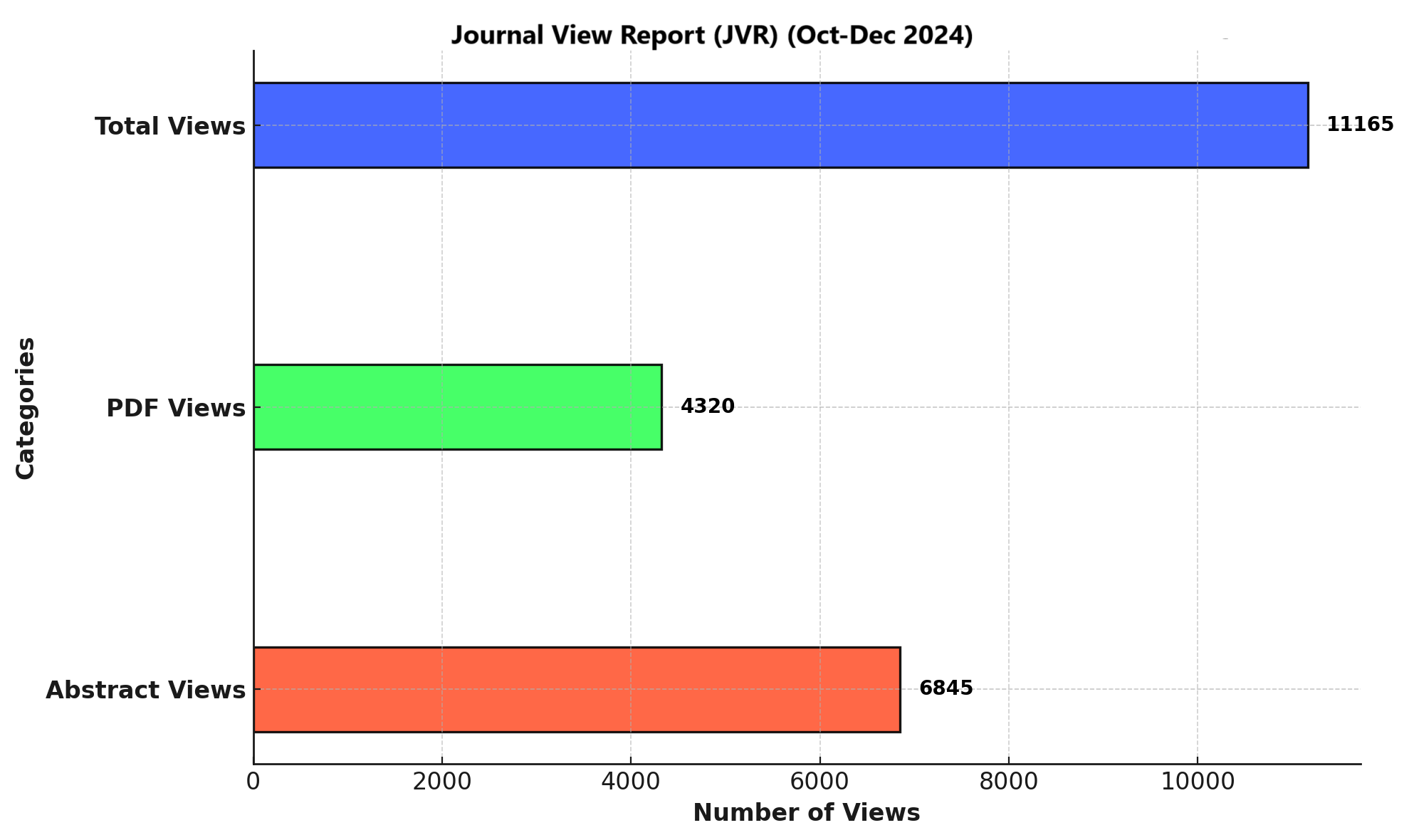ASSESSMENT OF SATISFACTORY LEVEL OF PHYSIOTHERAPISTS REGARDING DIAGNOSTIC IMAGING IN PHYSIOTHERAPY PRACTICE
DOI:
https://doi.org/10.71000/ijhr110Keywords:
Attitudes, Confidence level, Diagnostic imaging, Likert scale, Patient care, Physiotherapy, SatisfactionAbstract
Background: The integration of diagnostic imaging (DI) in physiotherapy practice has gained importance for its role in enhancing diagnostic accuracy and improving patient care outcomes. Physiotherapists’ ability to effectively utilize and interpret DI is crucial for informed clinical decision-making. However, knowledge regarding their satisfaction and proficiency in using DI remains limited, particularly in government hospital settings, where resource constraints may affect access and training.
Objective: This study aimed to evaluate the satisfaction levels of physiotherapists with their knowledge, skills, and attitudes towards diagnostic imaging in clinical practice.
Methods: An observational cross-sectional study was conducted over six months in the physiotherapy departments of government hospitals in Lahore, following ethical approval. A sample of 80 participants, calculated using Cochran's formula, was recruited through non-probability convenient sampling. Eligible participants were male and female physiotherapists aged 25-40 years with at least two years of clinical experience. Exclusion criteria included physiotherapists without a hospital practice setting or a completed degree. A Likert scale questionnaire assessed satisfaction levels, with data analyzed using SPSS version 25.
Results: Of the 80 respondents, 68% expressed satisfaction with DI practices in their clinical roles, while 30.1% reported moderate responses. The most frequent DI usage rate was 47.6%, with 59.8% expressing confidence in their ability to interpret DI results. Access to DI resources satisfied 41.5% of respondents, and 52.4% were satisfied with the quality of DI services available at their workplace.
Conclusion: The study concluded that a majority of physiotherapists demonstrated satisfaction with DI in their practice, indicating the potential benefits of improved access and targeted training for optimizing DI utility in clinical settings.
Downloads
Published
Issue
Section
License
Copyright (c) 2024 Muhammad Usman Ismail, Komal Iftikhar, Muhammad Shoaib Aziz, Muhammad Saqib, Samara Shaukat, Muhammad Naveed, Quratulain, Rafia Imtiaz (Author)

This work is licensed under a Creative Commons Attribution-NonCommercial-NoDerivatives 4.0 International License.







